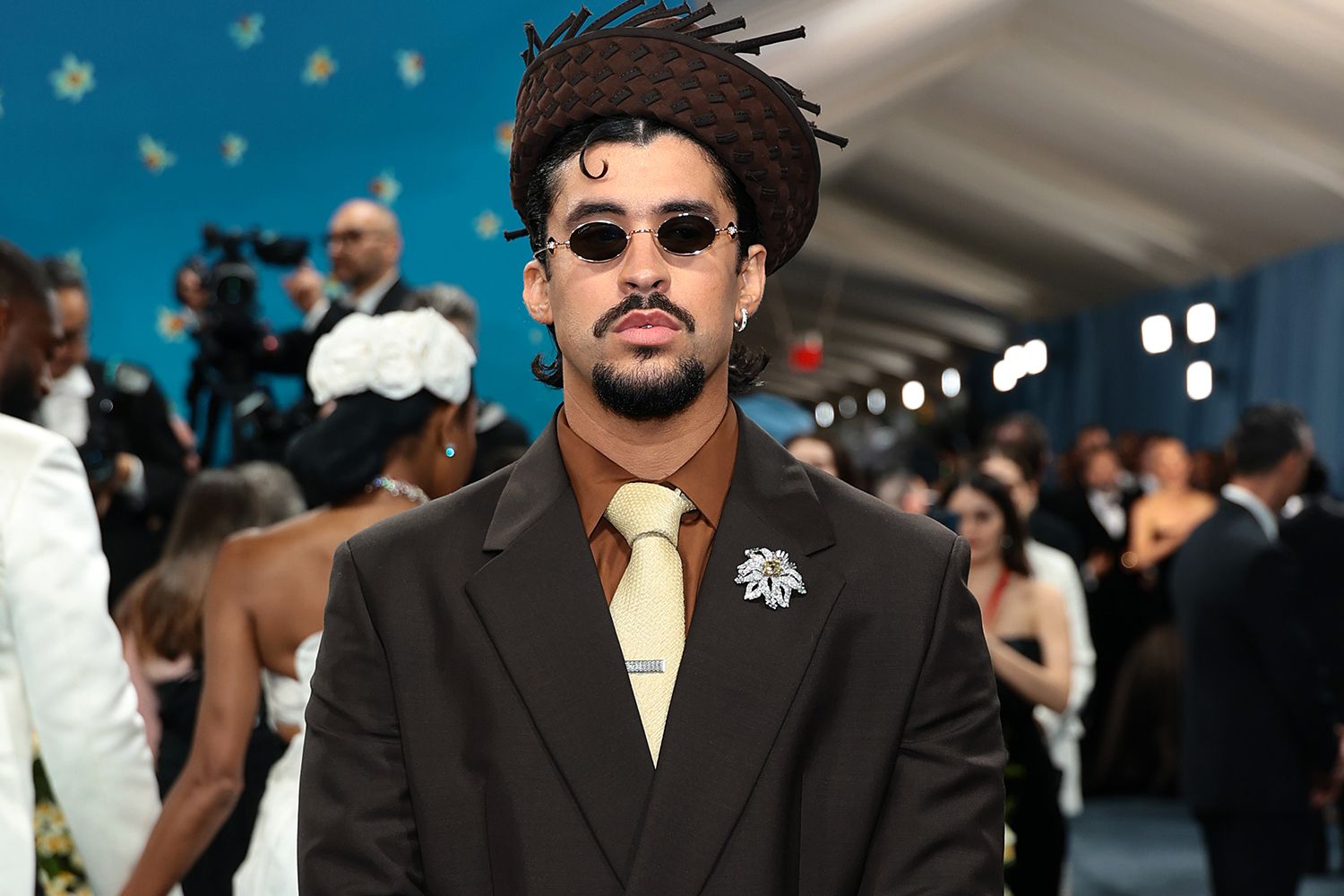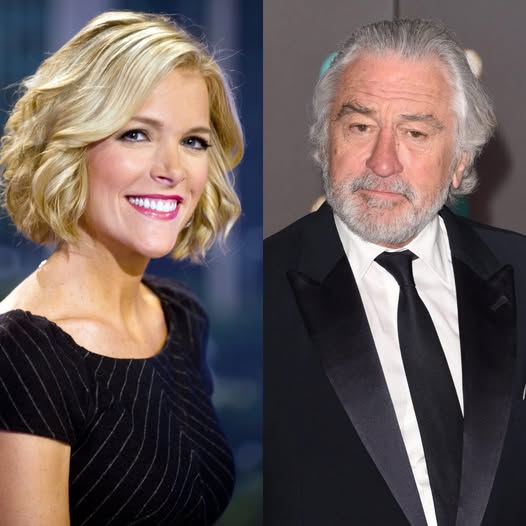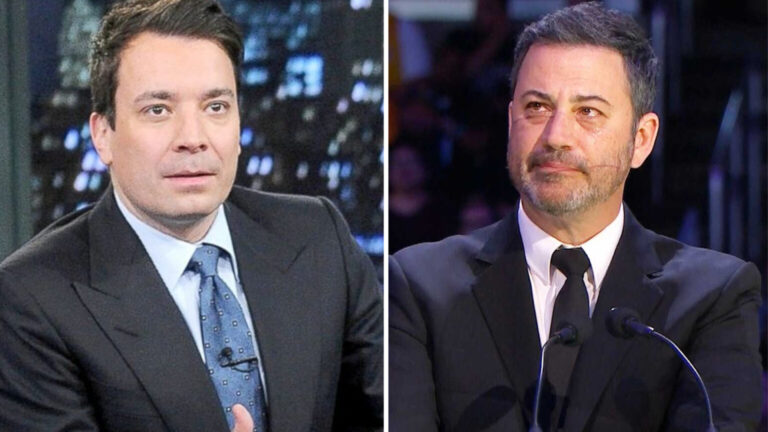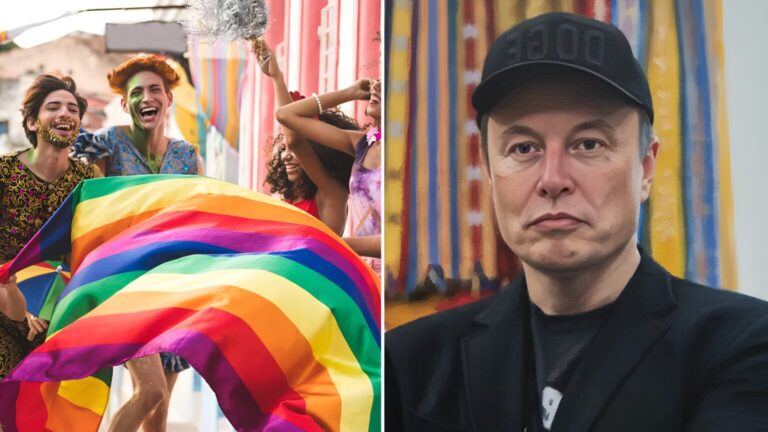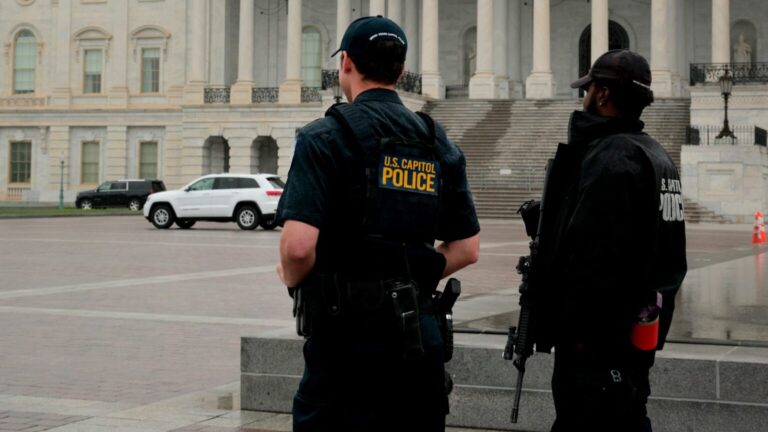Super Bowl in Chaos – Bad Bunny’s Halftime Announcement Sends Shockwaves Through Sponsors, Sparks Fan Outrage, and Turns the Nation’s Biggest Game Into a Cultural Battleground… – hghgiangg
The Super Bowl has always been more than just a football game. It is a carefully orchestrated spectacle that blends athletic excellence, commercial grandeur, and cultural signaling. Yet, when Bad Bunny, the Puerto Rican global music sensation, was announced as the headliner for this year’s halftime show, the NFL inadvertently transformed its biggest event into a lightning rod for controversy. What should have been a moment of pure entertainment has instead become a complex cultural phenomenon, sparking debates that transcend sports and reach into music, identity, and societal values.
Sponsors in Panic Mode
From corporate boardrooms to advertising agencies, the news was received with a mix of shock and panic. Major sponsors—including beverage giants, tech firms, and fast-food chains—suddenly found themselves questioning the alignment between their carefully curated brand images and the controversial figure now set to dominate the halftime spotlight. Internal communications suggest that some sponsors considered pulling ads, postponing campaigns, or requesting alterations to marketing strategies, fearing backlash from more conservative audiences who view Bad Bunny’s music and public persona as provocative.
“The Super Bowl is supposed to be safe territory for brands,” an anonymous marketing executive admitted. “We anticipate millions of viewers, yes, but we don’t anticipate cultural debates that could jeopardize brand reputation. Bad Bunny changes the rules entirely.”
The financial implications are substantial. Last-minute adjustments in ad placements, social media campaigns, and live activations could cost companies millions of dollars. Beyond the monetary impact, sponsors are grappling with a new reality: the Super Bowl is no longer just about sports—it has become a cultural battleground where brand decisions are scrutinized in the court of public opinion.
A Nation Divided: Fans React
Social media erupted almost immediately after the announcement. Platforms such as Twitter, TikTok, and Instagram were flooded with both fierce criticism and enthusiastic support. Critics have argued that Bad Bunny’s music, known for its explicit lyrics and bold social commentary, is a departure from the traditional “family-friendly” halftime show. Some detractors framed his selection as a deliberate provocation, accusing the NFL of pandering to a younger, more progressive audience at the expense of long-standing viewers.
On the other hand, countless fans celebrated the decision as overdue recognition of Latin music’s growing influence on global culture. Memes, fan art, and viral videos applauding Bad Bunny proliferated, framing the NFL’s choice as a historic step toward diversity and representation. Social media trends quickly reflected this polarization, with hashtags supporting and criticizing Bad Bunny trending simultaneously.
The split reaction reveals deeper cultural tensions. Bad Bunny’s announcement has catalyzed discussions about language, identity, and generational differences in entertainment consumption. Younger audiences see this as a long-awaited acknowledgment of Latin music’s influence, while older or more conservative viewers perceive it as a disruption of tradition.
A Cultural Battleground Emerges
The controversy surrounding Bad Bunny highlights how the Super Bowl has evolved into a microcosm of broader societal debates. What happens on the field and on stage is now inseparable from issues of representation, artistic freedom, and political commentary. Music and sports have merged into a forum where cultural narratives clash, and the halftime show has become the perfect lightning rod.
Cultural critics argue that this polarization reflects an ongoing societal shift. Dr. Elena Martinez, a media studies professor at New York University, notes: “The reaction to Bad Bunny is emblematic of a generation that refuses to compartmentalize art, entertainment, and political discourse. People expect artists to speak truth, to challenge norms, and to represent communities that have historically been marginalized.”
Indeed, Bad Bunny is more than just a performer; he is a cultural icon whose music addresses gender norms, social inequities, and the Latino experience. For supporters, his appearance at the Super Bowl signifies progress and inclusion. For detractors, it is a jarring deviation from an event long defined by neutrality and universality.
The NFL’s Strategic Gamble
For the National Football League, the stakes are immense. Officials must navigate the delicate balance between sponsor satisfaction and audience expectations, all while maintaining the logistical precision required for a global live broadcast. In public statements, the league emphasized its commitment to innovation, diversity, and cultural relevance, framing Bad Bunny’s halftime performance as part of a long-term strategy to attract younger, more diverse viewers.
Behind closed doors, sources suggest the NFL anticipated controversy and viewed it as a calculated risk. “Controversy isn’t inherently negative,” one insider explained. “It keeps the conversation alive, engages fans, and reinforces the Super Bowl’s status as more than just a game. We knew Bad Bunny would be polarizing—and that’s precisely why it works.”
This strategy, however, carries inherent risks. Sponsor dissatisfaction could affect future partnerships, fan backlash could impact viewership numbers, and any misstep in the performance itself could magnify the controversy. The NFL is effectively wagering that the cultural impact outweighs potential short-term consequences.
Viral Moments and Political Undertones
The announcement has also given rise to countless viral moments online. Political commentators, celebrities, and social media influencers have weighed in, often using the event as a prism through which to examine broader societal issues. Debates about language barriers, LGBTQ+ representation, and the globalization of music have all found their way into discussions surrounding a sporting event—a phenomenon unheard of just a decade ago.

Memes mocking or celebrating Bad Bunny, GIFs of fans reacting to the news, and viral opinion threads have amplified the discourse, transforming a single halftime announcement into a nationwide conversation. Analysts suggest that these viral elements will likely influence not only public perception but also the narrative surrounding the Super Bowl for years to come.
A Turning Point in Entertainment
Ultimately, Bad Bunny’s announcement signals a turning point in how major cultural events are perceived and consumed. The Super Bowl is no longer just a game—it is a platform where music, politics, identity, and commercial interests intersect. This convergence reflects a larger trend in media: audiences increasingly demand authenticity, diversity, and cultural relevance from entertainment platforms that were once considered apolitical.
Dr. Martinez summarizes it succinctly: “Bad Bunny’s performance is not just entertainment—it is a cultural statement. It challenges existing norms, forces engagement with difficult conversations, and reflects a society in which the lines between sports, art, and politics are increasingly blurred.”

Looking Ahead
As the Super Bowl approaches, anticipation is reaching fever pitch. Fans and critics alike are now watching not only for touchdowns and commercials but for the cultural reverberations of a halftime show that promises to be as polarizing as it is electrifying. Whether this controversy will elevate Bad Bunny to legendary status in the annals of Super Bowl history, or whether it will serve as a cautionary tale for the NFL and its sponsors, remains to be seen.
One certainty remains: the 2025 Super Bowl will be remembered not just for the game on the field, but for the conversation it ignited across the country. In turning the nation’s biggest sporting event into a cultural battleground, Bad Bunny has redefined what it means to command the Super Bowl stage. And in doing so, he has reminded us all that music, identity, and social commentary are inseparable—and sometimes, controversy is the price of cultural relevance.
